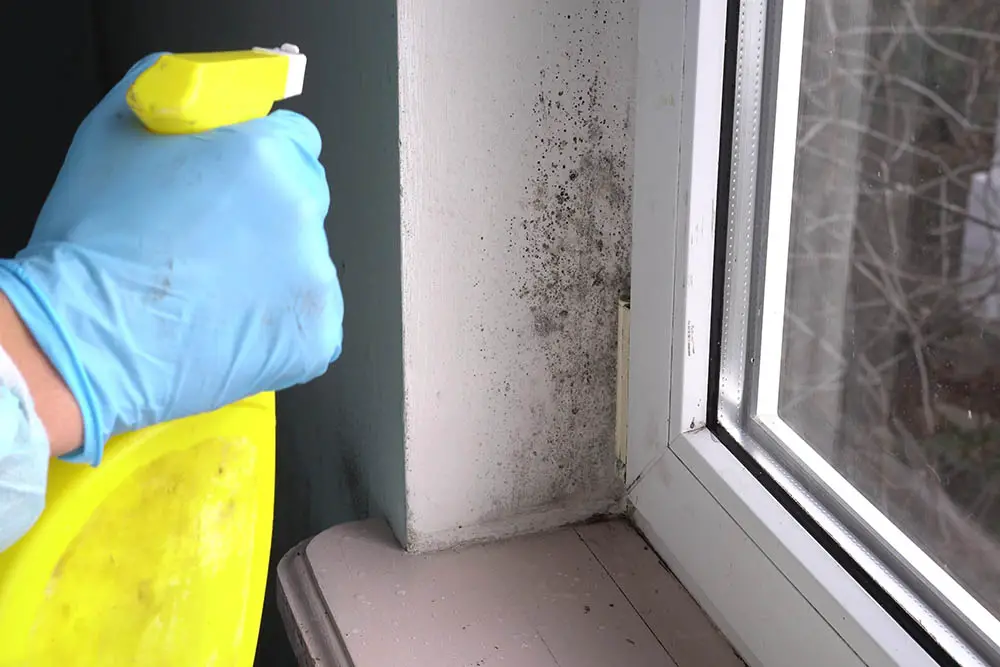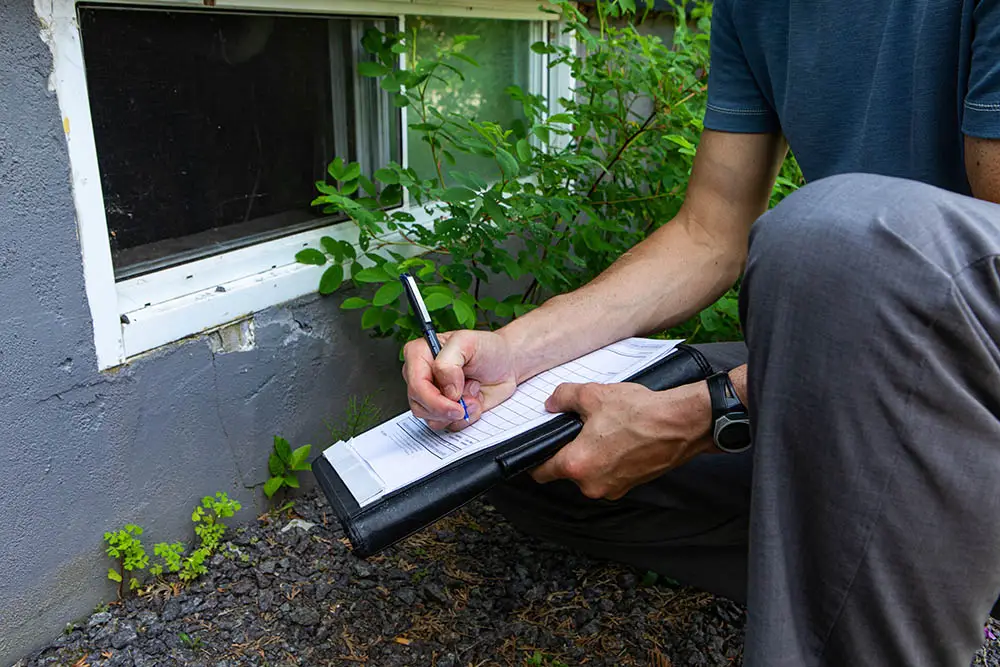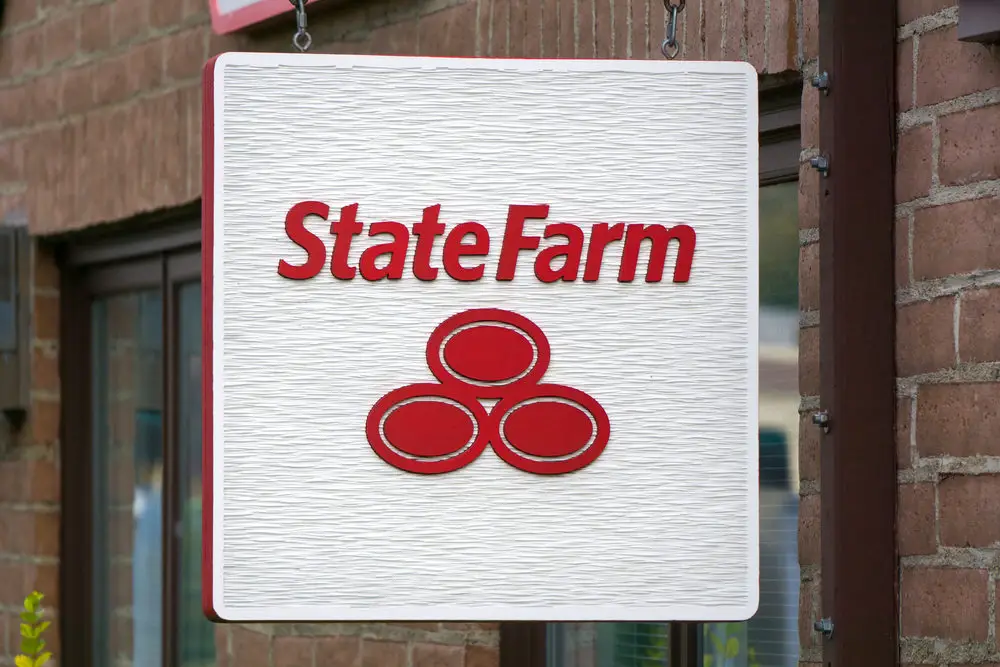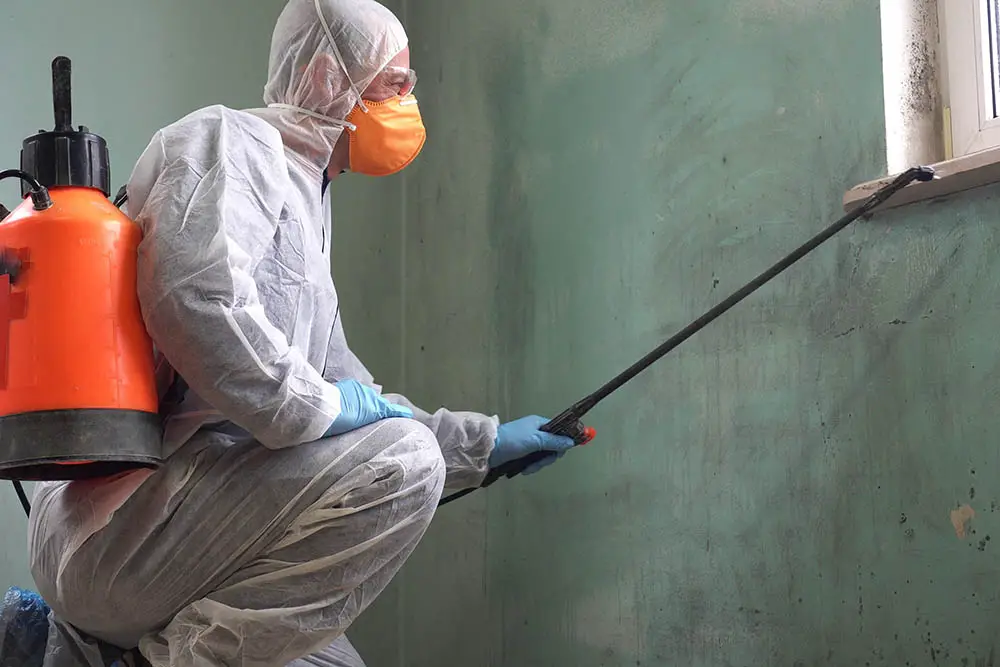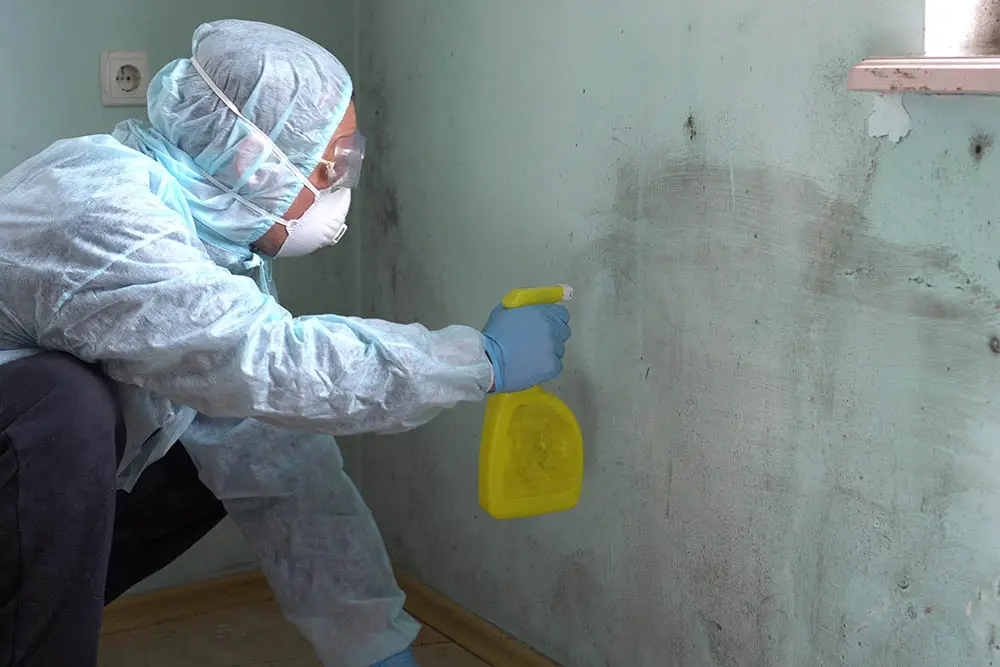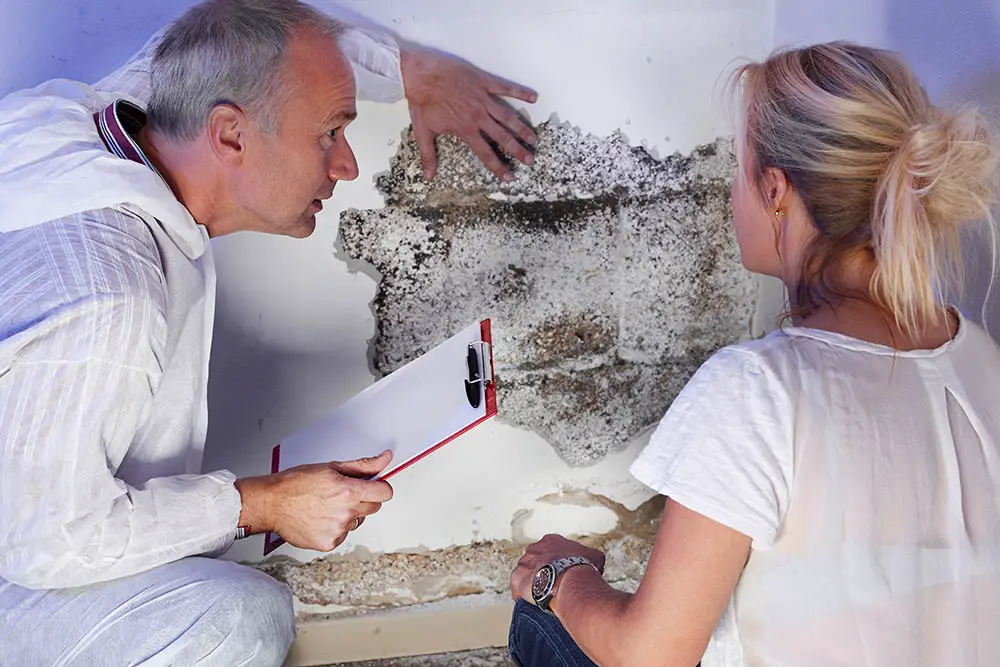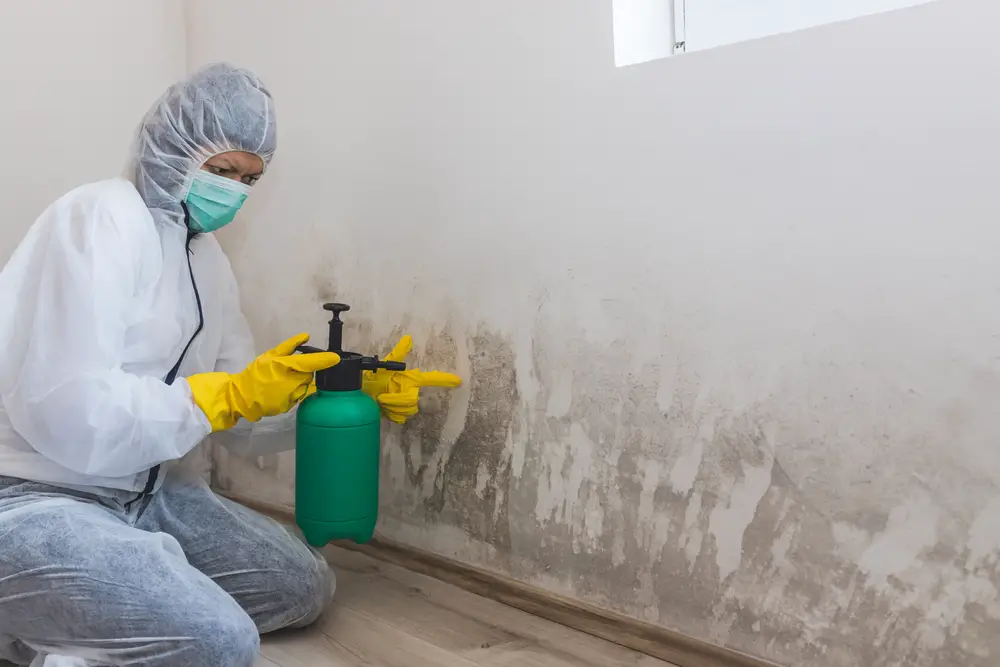There are several tried and tested methods of mold remediation. These methods can either make use of toxic chemicals like bleach or natural ingredients like Tea Tree Oil.
Both methods can be super effective, factors such as availability, price, and preference will determine which ones you use. Although, if you suffer with respiratory problems like asthma we do not recommend using bleach.
If you want to avoid using chemicals to eradicate mold, you can use a method called dehumidification, which is the act of purifying the air using an air purifier or dehumidifier.
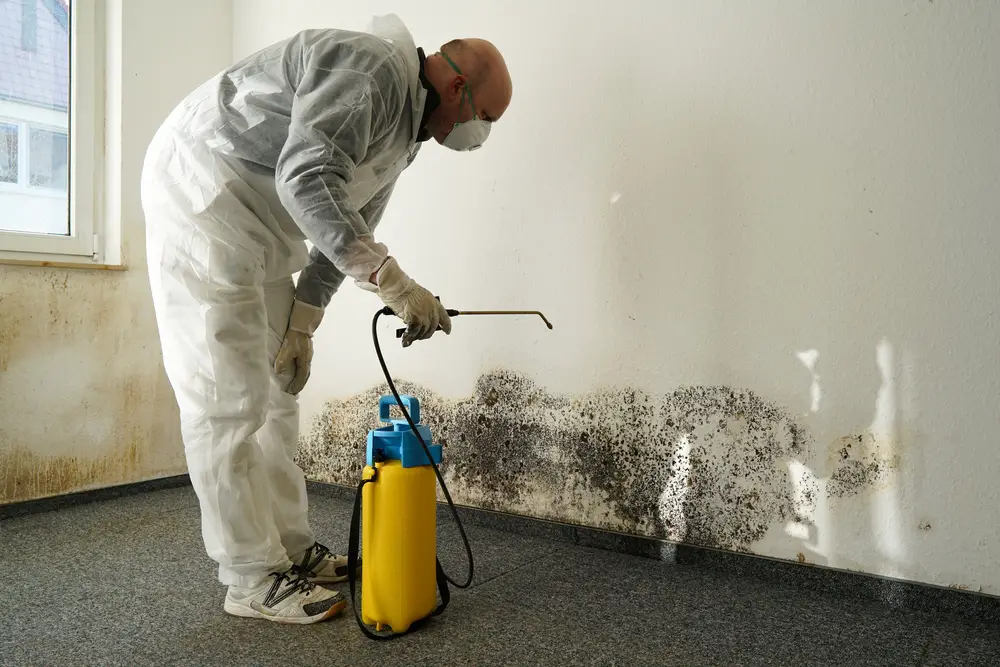
However, while this method can be effective it won’t completely kill the mold or remove any stains left behind. If you require a stronger, more invasive technique, then the use of mold removal products would be the next step.
Typical mold removal products are quite toxic and require very careful handling. Safety precautions should be taken if using these methods, such as the use of PPE and proper room ventilation.
The most common methods of mold remediation are the use of bleach or chlorine, which contain fungicides and toxic chemicals which can be harmful to yourself and the environment.
How to kill mold with bleach:
Mix 1 cup of bleach per 1 gallon of water. Using a spray bottle or bucket and sponge (make sure you are wearing safety gloves if you use this method), coat the affected area and wash until the mold is fully removed.
You don’t need to wash it away with clean water afterwards unless the area is used for food preparation etc. This method only works on non-porous surfaces.
Other common chemicals used that contain high toxicity levels are:
- Ammonia - this is very similar to bleach, both chemicals can only kill mold on non-porous areas
Less toxic, successful methods of mold remediation include:
- Baking soda - non-toxic and a safe method for removing light mold on both non-porous and porous surfaces
- Vinegar - it’s a mild acid but can kill around 80% of mold and mildew
- Tea tree oil - slightly more expensive option but is safe and contains fungicides known to kill mold
- Borax - a nontoxic fungicide (can be toxic if swallowed but does not emit harmful chemicals in the same way bleach does, for example)
- Detergent - doesn’t completely kill mold but successfully washes off mold on non-porous materials
All of these methods can be successful, more environmentally friendly options for removing mold. Find out how to kill mold using different non-toxic chemicals:
Vinegar
Pour pure white distilled vinegar into a container that will allow you to spray it evenly onto the surface that is infected, preferably a spray bottle if you have one. Do not water the substance down.
Spray the vinegar onto the affected area and leave it to soak for about an hour. Then, wipe away with clean warm water and leave it to dry.
Vinegar & Tea Tree Oil
Using a spray bottle or something similar, mix vinegar and Tea Tree Oil in equal measure. Spray the contents of the spray bottle onto the moldy wall and leave to work.
After a short while wipe down the area with a rag, ensuring all the mold stains are removed. Then give the surface time to dry before moving any furniture back in front of it.
Hydrogen peroxide
Again using a spray bottle or something similar, pour in 3% hydrogen peroxide concentration. Make sure the moldy area is completely covered and leave it so soak for around 10-15 minutes.
Once this is done, using a scrubbing brush, vigorously rub down the area to efficiently remove the mold and then, using a damp cloth, wipe away any residue. Leave to dry.
Is mold considered hazmat?
While most household mold is not considered toxic, some mold can be considered hazmat and can be harmful to a person’s health.
Toxic mold is an irritant and can cause allergic reactions in people sensitive to it. If touched or inhaled, mold spores can cause you to react in a number of ways including:
- A skin rash
- Sore, red eyes
- Sneezing
- Runny nose
- Watery eyes
- Fatigue
- Sore throat
- Headache
- Coughing
However, those with more serious sensitivity may experience more severe reactions such as shortness of breath or general trouble breathing and asthma attacks in asthma sufferers.
Common household mold is not considered toxic but some mold, such as black mold is highly toxic and can result in horrible health issues such as asthma and other respiratory problems.
It is worth noting that prolonged exposure to even household mold is not good for your health.
Mold is considered a biohazard when there’s more than 10 square feet of it and will require professional remediation because large quantities of mold can cause health issues for anyone, even if they are not sensitive to mold.

